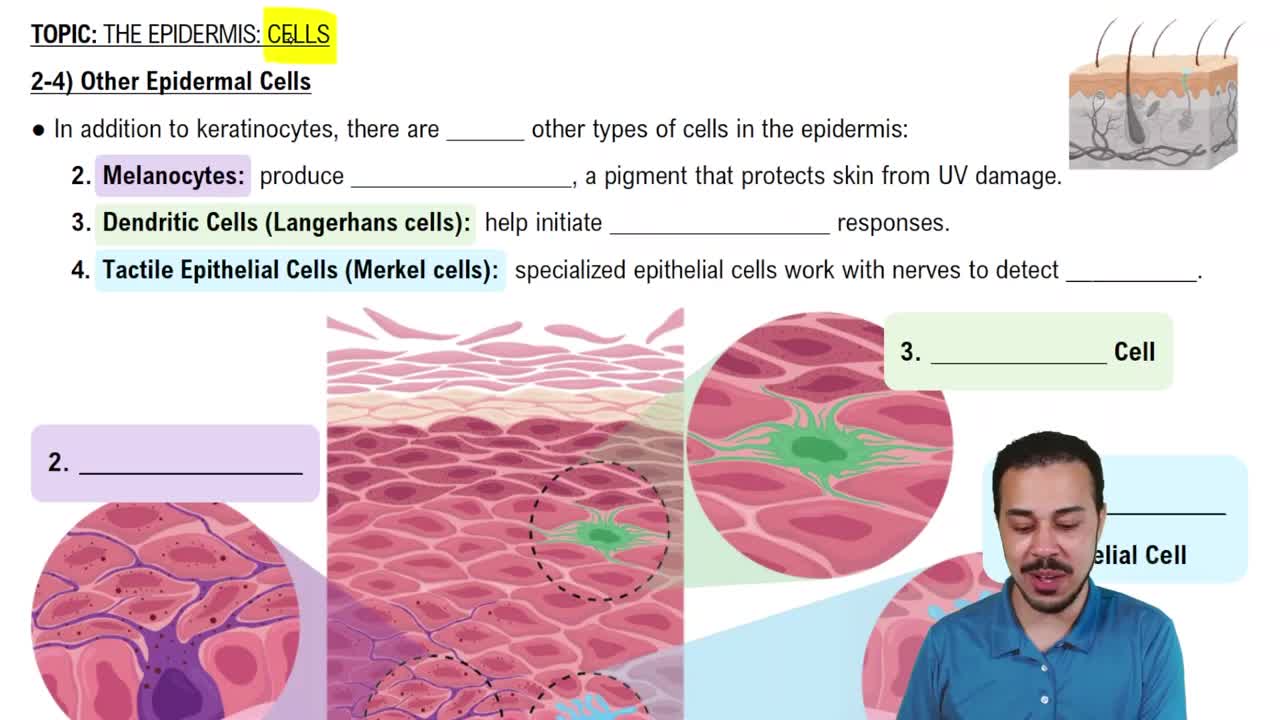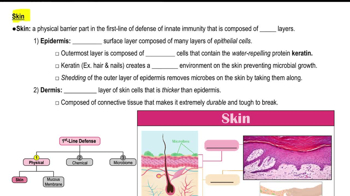Keratinocytes in the superficial strata of the epidermis die because:
a. They are too far away from the blood supply in the dermis.
b. They are surrounded by a lipid-based substance that makes them more permeable to water.
c. They do not die.
d. No keratinocytes in the epidermis are alive.





